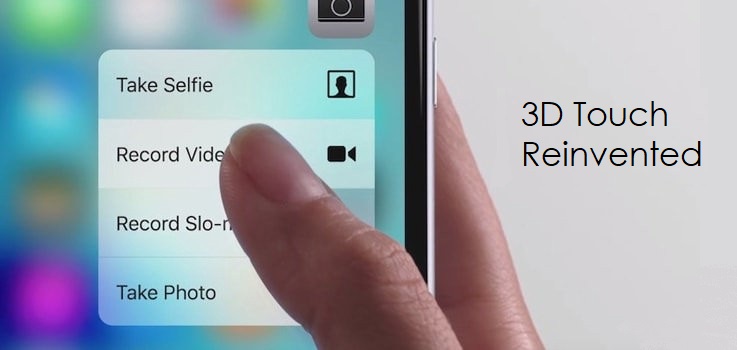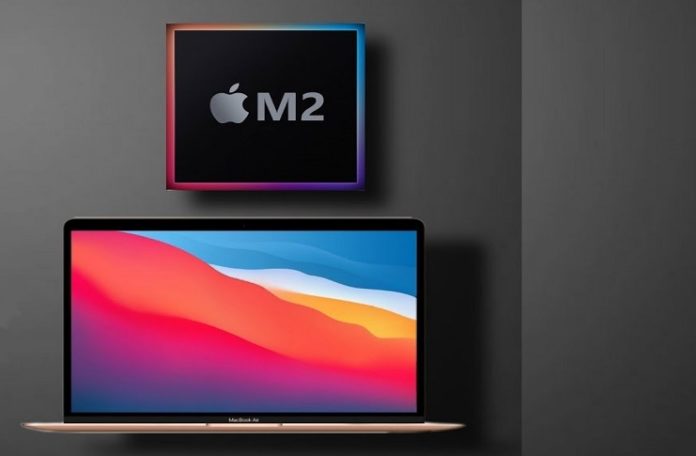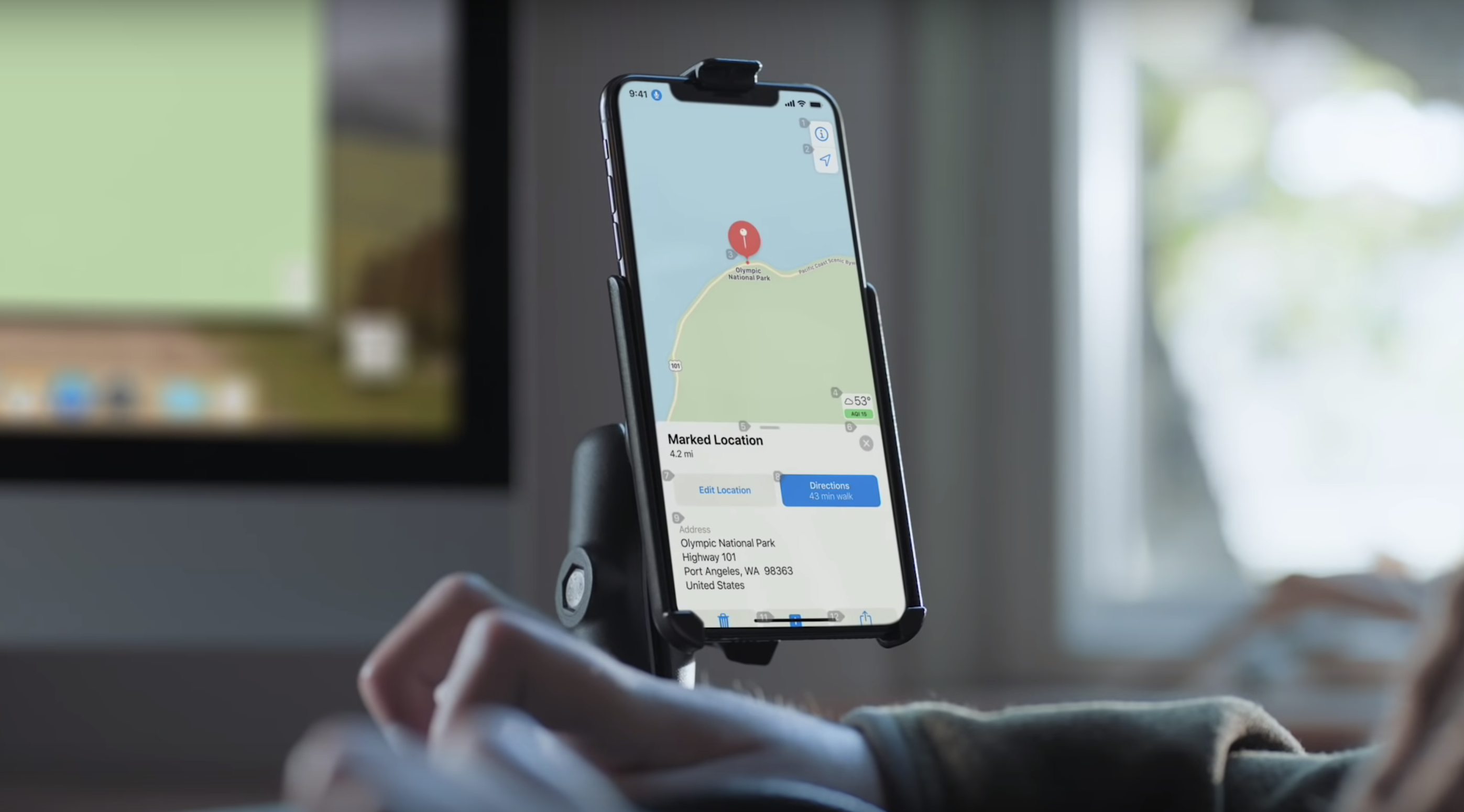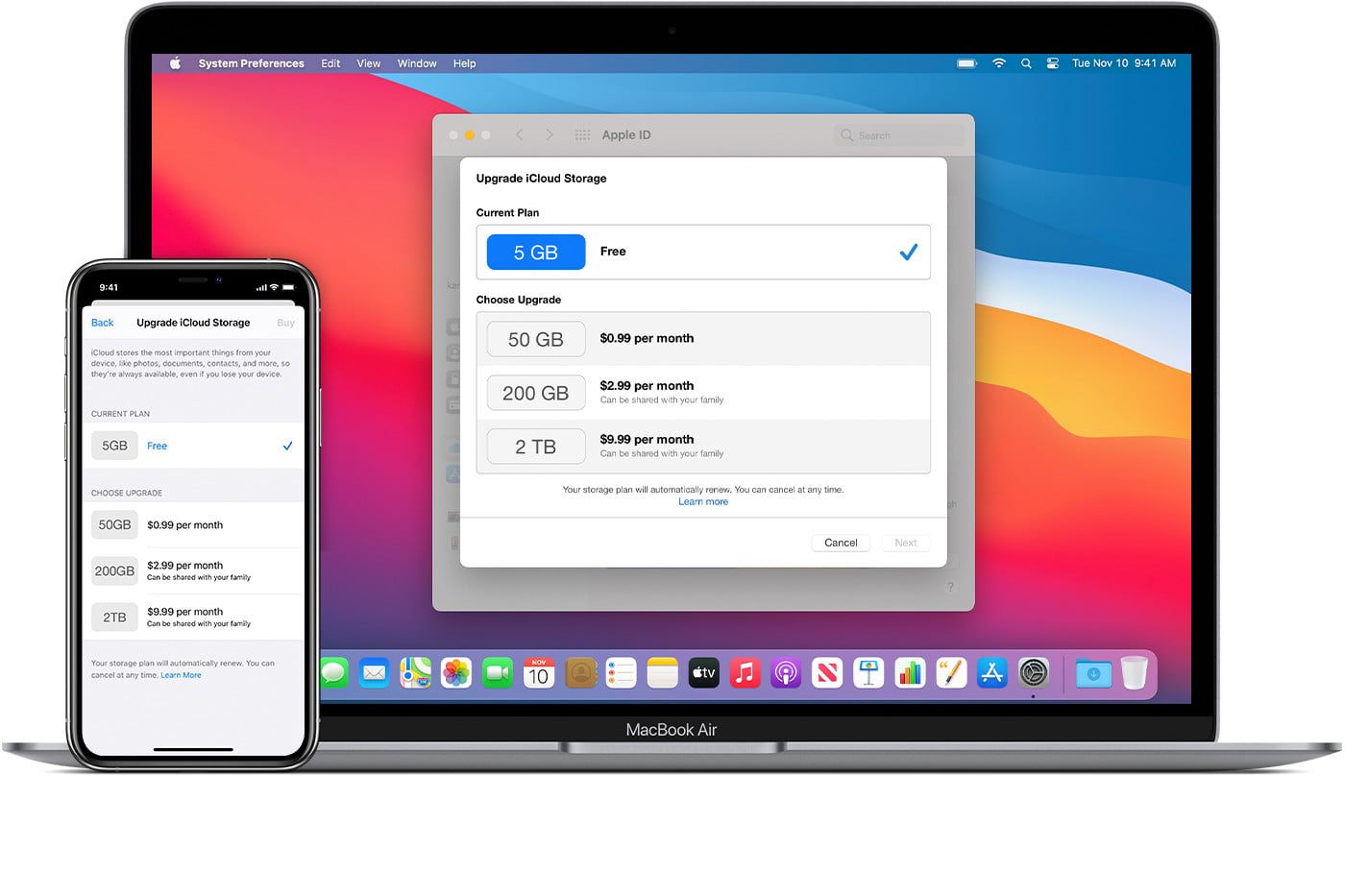From its release in 2015 to the launch of the last iPhone with this feature in 2018, 3D Touch was abandoned by Apple in just three years and replaced by Haptic Touch.
What’s interesting is that after 3 years, this feature that has been forgotten by most people rushed to the hot search again.
A blogger shared how to use iPhone 6s to weigh small objects such as fruits and snacks. Many fans were amazed that the iPhone can still play like this?
Subsequently, many fans started to popularize the use of 3D Touch, which aroused the curiosity of more fruit fans: why is such a useful function abandoned by Apple?
Why is 3D Touch so memorable?
Although 3D Touch has been excluded from the basic functions of the iPhone, it is one of the features that many fans want to return, because when users get used to 3D Touch, they will find that the experience of Haptic Touch is far inferior to the former.
For example, a very common scenario: switching APPs. In iPhones that support 3D Touch, you only need to press the edge of the phone and slide to switch APPs directly. Before the emergence of the full-screen gesture function, the user’s operation process for switching APPs was effectively reduced.
In addition, many game developers have also integrated 3D Touch into the game operation. Taking PUBG Mobile as an example, you only need to “re-press” anywhere on the screen to directly trigger the fire. The experience is very good.
Some players who are keen on mobile FPS games think that the iPhone equipped with 3D Touch is the most comfortable gaming phone.
Obviously, Haptic Touch cannot easily provide the same experience.
For heavy social software enthusiasts, the preview function of 3D Touch is irreplaceable by Haptic Touch in experience.
For example, when you see a picture while browsing a webpage, you can “re-press” to enlarge the preview, and let it go, it will automatically zoom out so that the user can continue to slide to view other information.
If you want to fully open this Weibo, you only need to increase your finger strength and it will automatically enter the detailed page, bringing a smooth screen refreshing experience.
Simply put, 3D Touch can simplify the operation that originally required 2-3 clicks to complete into an operation that can be completed by 1 double press + slide/release, which can significantly increase the user experience smoothness in daily use. .
Therefore, although Haptic Touch can restore most of the functions of 3D Touch, especially the 1-2 second waiting time required for a long press, it also makes the user’s continuous operation fragmented, and it is difficult to match the former in terms of user experience.
In addition to providing users with a smoother experience in daily use, 3D Touch has also received attention from developers, and many developers have tried to apply 3D Touch to different purposes.
For example, the electronic scale function that sent it to Hot Search this time comes from an APP called “TouchScale”, which is equivalent to a portable electronic scale for users who want to control their dietary intake.
In addition, Bandit’s Shark Showdown, developed by a team at Johns Hopkins University, can help stroke patients in need of rehabilitation.
There are not many defects in 3D Touch. First of all, there is a certain possibility of false touches. On the contrary, it adds additional steps for the user’s operation and causes confusion for users who do not understand the function.
Secondly, the force-sensing module has further increased the cost of the screen, while also bringing about problems such as increased body thickness and module conflicts.
Especially after the iPhone adopts the new design, due to battery capacity, screen, cost and other considerations, Apple can finally choose to abandon 3D Touch and switch to Haptic Touch, which implements functions such as calling out secondary menus through long-press operations.
The abandonment of 3D Touch is not simply because it is easy to use or not easy to use, but the result of multiple issues such as hardware cost, design, and utilization, which ultimately makes it one of the shortest-lived features.








